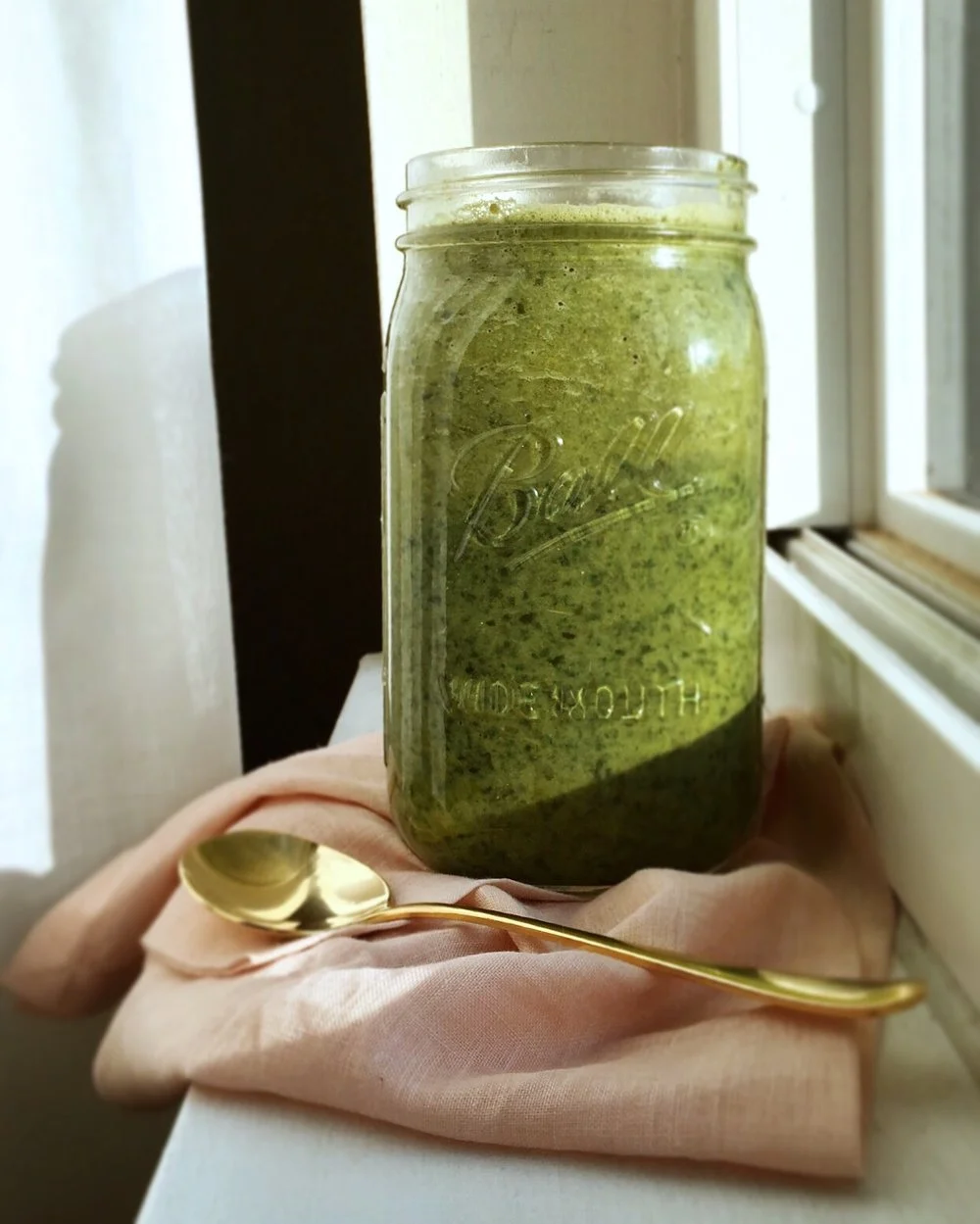Waste-free Kitchen

From farm-to-table into the future of garbage-to-plate—even Marty couldn't have predicted such a feat. Restaurants today waste around 80 tons of produce merely because they're . . . "ugly." Bruised, bent, and broken flora that has not wilted away its flavours seem too visually unappetising.
Judging a book by its cover and eating with our vision, we are wasting away ourselves by increasing our waste. Yes—that persimmon with pigments of brown is at its height of nutrition and the expiration date on that carton of eggs is by no means a cutoff. You can even juice ugly produce and that is the mission of the inspiration behind this post—Ann Yang. Ann and her best friend Phil are the duo behind Misfit Juicerywho believe that dimpled apples and produce that falls by the wayside due to high aesthetic standards provides equal fuel.
Because 6 BILLION pounds of produce go unharvest or unsold per year, because 20 to 40 percent of produce is discarded due to not meeting "cosmetic specifications," and because landfill & waste causes 21 times the impact on global warming impact than does carbon dioxide. Because Michael Pollan says it's the future of food . . .
To reduce food waste, we need to instead dispose of our fear of the ugly and expiration dates. Here's NPR's The Salt on the latter. Here are some tips to preserve your produce + to taste beyond the beautiful . . .
I | Cheese is best preserved when it can breathe to prevent mold, so use wax paper such as these
II | Eggs usually last up to a month after the printed expiration date. Just place it in a bowl of water to check for freshness—if it sinks, it's still edible!
III | Sagging and wilted vegetables can be revived by being placed in a bowl of water with ice
IV | If your leafy or salad greens have wilted or browned, simply sauté them—I love putting them in a cast iron pan with other vegetables, onion, + some coconut oil
V | Breads mould easily, especially if they're homemade. Slice them up then freeze them to avoid this.
VI | Store your berries in one part vinegar—white or apple cider vinegar—to ten parts cold water in the refrigerator to make them last longer and prevent mould
VII | Herbs wilt or dry easily—preserve yours in your preferred oil in a stainless steel ice cube tray in the freezer + pop a cube out whenever you're cooking
VIII | Store vegetables + fruits in the drawers, eggs in the main section of the refrigerator, and items not highly sensitive to temperature fluctuations in the door o the refrigerator
IX | I buy a lot of asparagus + store them like flowers in a glass jar in the refrigerator to keep them crisp
X | Store ginger and turmeric in the freezer
XI | Make sure that you're refrigerating the right items + keeping others at room temperature
XII | Compost food scraps—if you can't at home, place it into a bin then take it a local market that does. I take mine to my local MOM's Organic Market.
Radish Green Soup
Root vegetable greens like those of beets and radishes always get thrown away. I assume this is a combination of not realising that they're edible, not knowing what to do with them, and as Tero of Four Sigma Foods had once pointed out to me, our move away from bitter foods. This radish green soup is lightened up with the slight sweetness of onions, coconut milk, and coconut oil. It's the most incredibly easy soup that is as good cold as it is warmed.
Ingredients
1 bunch of radish or beet greens
2 tablespoons of coconut oil or grass-fed ghee
1/4 cup coconut milk
1/2 cup purified water
1 medium yellow onion
Directions
Sauté your onions in medium-heat with coconut oil or grass-fed ghee. Cut up your radish greens then place them into the pot, sauté, then add in the coconut milk and water. Bring to a boil then simmer in low heat for about 15 minutes. Pour into a belnder or blend with a hand-held blender. Season with celtic or pink salt to taste!


